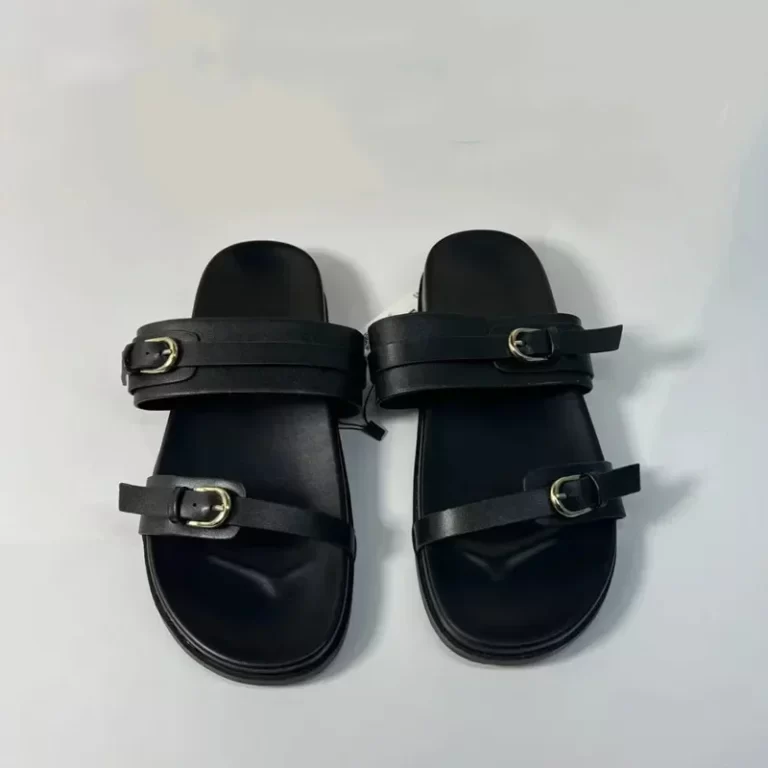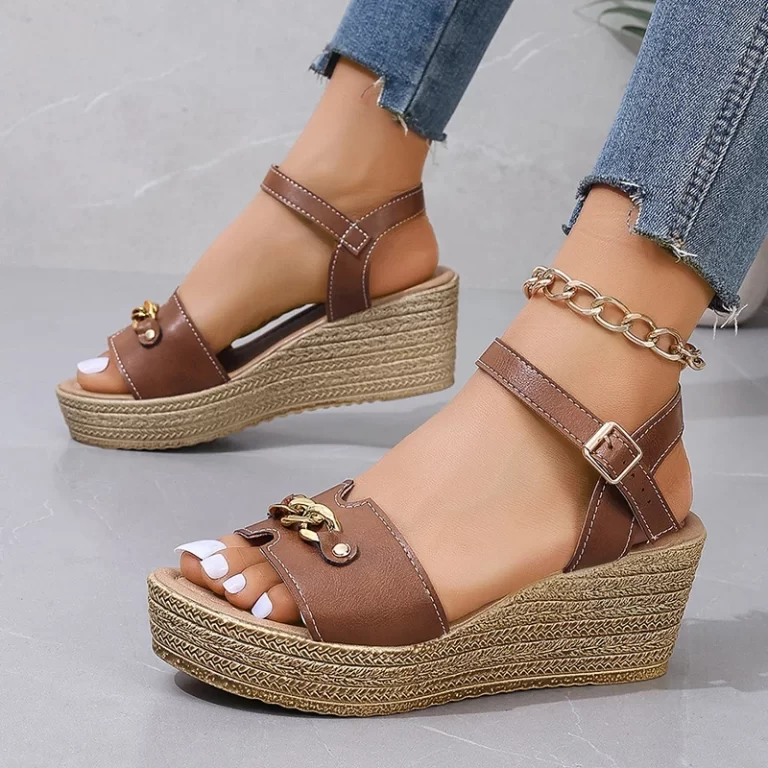Understanding Different Types of Sandals
Exploring the variety of sandals available is essential. Each type offers unique benefits. So how should sandals fit?
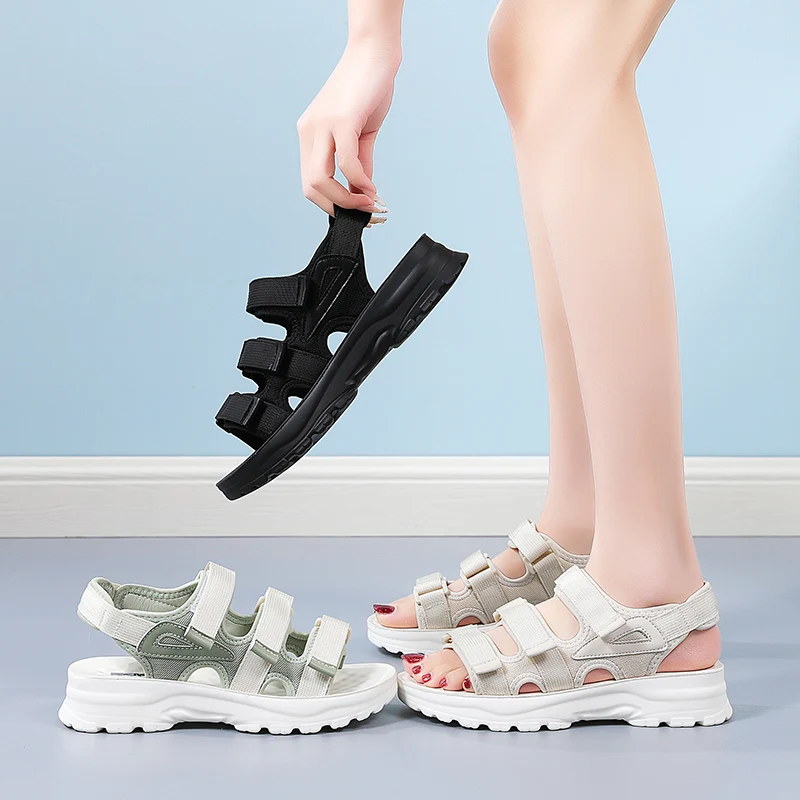
Popular Types and Their Functionalities
Flip-Flops: Ideal for quick outings, they are easy to slip on and off. However, they often lack foot support.
Gladiators: Stylish for summer outfits, gladiators secure the foot with multiple straps. This can improve stability.
Sliders: Known for comfort, they provide easy wearability. Good for casual wear, but not for long walks.
Mules: Without back support, mules are fashionable yet not suitable for rigorous activities. They’re best for casual office wear or social events.
Espadrilles: Known for their rope soles, espadrilles offer a chic look. They are more breathable due to their fabric upper.
Each sandal type serves a unique purpose. Selecting the right one depends on your activity and the desired style.
The Essential Attributes of a Perfect Fit
Finding the right fit for your sandals is crucial. It ensures comfort and prevents foot issues. Let’s explore how to identify ill-fitting sandals and the red flags to avoid.
Key Indicators of Ill-Fitting Sandals
There are several signs that your sandals don’t fit correctly:
- Toe Overhang: If your toes spill over the front, your sandals are too small.
- Heel Spillover: Similarly, if your heel extends beyond the back of the sandal, it’s a sign of a poor fit.
- Loose Straps: Sandals with straps that don’t secure your feet snugly can lead to slipping and sliding.
- Tight Pinching: If the sandals pinch or squeeze your feet, they are likely too tight.
These indicators help identify if you need a different size or style for optimal comfort.
Critical Red Flags to Watch Out For
Some issues are more than just discomfort; they can cause long-term damage. Here are the red flags:
- Rubbing and Chafing: If sandals rub your feet raw, avoid them. They will cause blisters.
- Painful Pressure Points: Sandals shouldn’t hurt. Pain indicates bad fit or poor design.
- Slipping Out: If your foot slips out, the sandal likely lacks support and proper fitting.
- Limited Movement: Ideally, you should be able to move your toes freely. Restricted movement might lead to further issues.
Avoid sandals that manifest these problems. Choose ones that feel as though they are barely there!
Accurate Measurement for a Dream Fit
Getting the right sandal size starts with a precise foot measurement. Accurate measurements lead to a better sandal fit and more comfort.
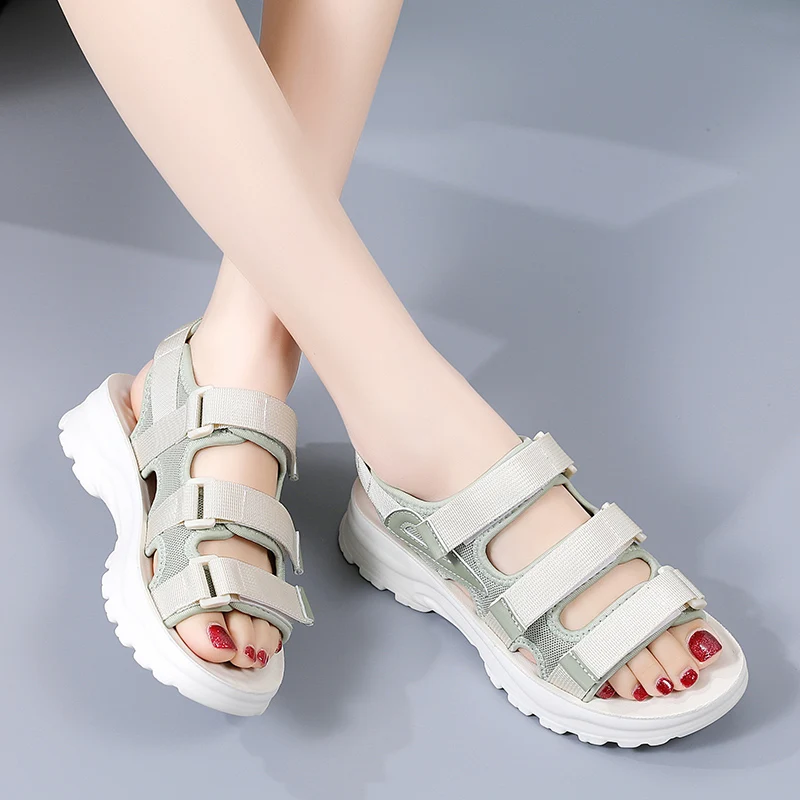
Tools and Techniques for Measuring Your Foot
To measure your feet at home, you need a few simple tools. Use a ruler, a piece of paper, and a pen. Stand on the paper and trace around your foot. Measure the longest and widest parts of the outline with the ruler.
Remember to measure both feet. Sometimes, one foot is larger than the other. Always use the measurements of the larger foot when selecting sandals.
Finding the Right Size in Different Brands
Different brands may have varying sizes. After measuring your feet, compare your dimensions to the brand’s size chart. Each brand has its own size guide—don’t rely on your size from other brands.
Make sure to check for different sizes when you’re buying sandals online. Some brands’ sandals may run smaller or larger than your usual size. It may help to read reviews or ask the brand for sizing advice.
In summary, start with correct foot tracing and measuring techniques. Then, always refer to the brand-specific size chart for the best fit.
Adjusting for Comfort
Importance of Adjustable Straps
Adjustable straps play a crucial role in how sandals fit. They allow you to customize the tightness and support around your foot. This flexibility is essential for preventing discomfort. Straps that you can adjust help your sandals fit snugly without digging into your skin. Whether with buckles or Velcro, make sure the straps secure your feet well. This prevents any slipping that could cause blisters or instability.
Material Considerations for Better Fit
The material of your sandals impacts fit and comfort. Choose materials that mold to the shape of your feet. Leather and suede are top choices. They stretch and adapt to your feet, enhancing comfort over time. Materials need to be breathable to keep your feet cool. Good ventilation helps prevent sweat and odor. Also, consider the sole material. Soles should offer a balance of comfort and durability. Rubber soles provide good grip and cushioning, making them ideal for different terrains.
Fit Guidance Based on Foot Shape
Selecting the perfect sandals involves considering your foot shape.
Recommendations for Wide, Narrow, and Neutral Feet
For sandals that fit you just right, here’s what to keep in mind.
Wide Feet: Opt for wide-width options and sandals with adjustable straps. Avoid sandals with narrow toe boxes. Flexible materials like leather work well, as they stretch.
Narrow Feet: Look for sandals with straps you can tighten for a snug fit. Steer clear of loose, wide straps that offer little support.
Neutral Feet: You’re lucky—most sandal styles will suit you! Still, check for good arch support and a cushioned sole for the best experience.
Styling Sandals Based on Different Foot Types
Choose sandals that not only fit well but also complement your foot shape.
Flat Feet: Seek sandals with strong arch support and cushioning. Skip the completely flat options.
High Arches: Pick sandals with built-in arch support. Avoid flat sandals that don’t offer the support you need.
Wide Feet: Go for styles with roomy toe boxes and multiple adjustable straps.
Narrow Feet: Strapy sandals that can be tightened are your best bet.
Neutral Feet: Experiment with different styles and heel heights to find what works best for you.
By considering foot shape and style, you’ll find comfortable, stylish sandals that fit like a dream.
Special Considerations for Purchasing Sandals
When shopping for sandals, consider more than style and color.
When to Consider Sizing Up
Sometimes, getting a perfect fit means choosing a larger size. This can help if your feet swell in hot weather. Brands differ, and some suggest sizing up to ensure comfort. Before buying, check if the sandal runs small.
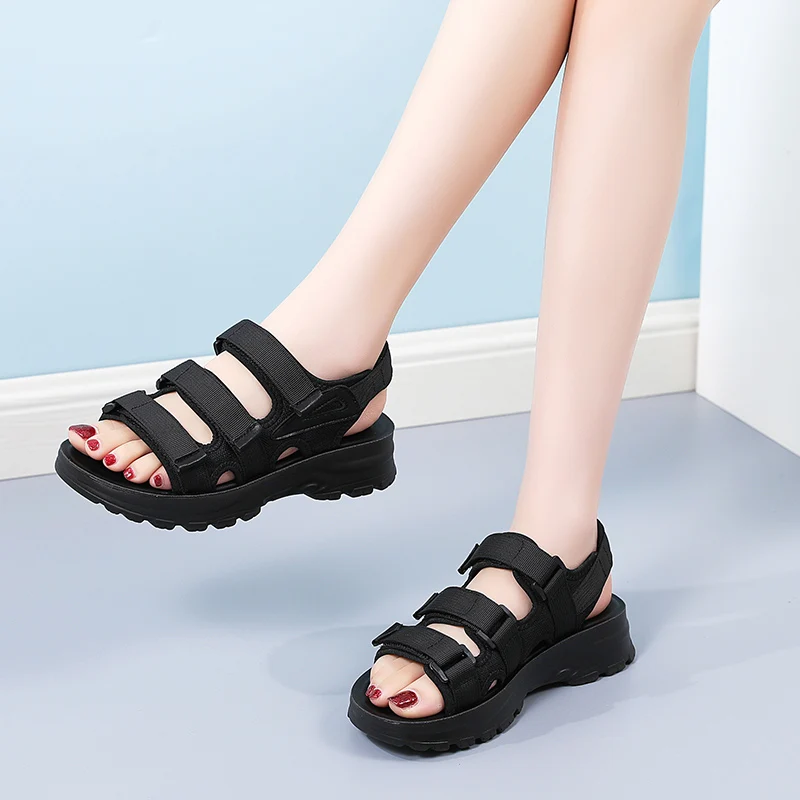
Importance of Arch Support and Cushioning
Good sandals offer both arch support and cushioning. These features prevent foot pain and facilitate comfortable walking. They also help maintain good posture and avoid foot strain. While comfort often trumps style, it’s essential not to compromise your foot health.
Regular Inspections
Finally, keep an eye on the overall condition of your sandals. Regularly inspect the straps, footbed, and soles for signs of wear and tear. If you notice any damages, such as fraying straps or worn-out soles, consult a professional for repairs.
Being proactive can save you money in the long run. It will also help ensure your sandals remain comfortable and functional for years to come.
Conclusion
Finding the perfect fit for your sandals is vital for comfort and foot health. A good fitting sandal will support your feet and prevent common issues like blisters, pinching, and instability. Understanding your foot size, type, and the activities you will engage in will help narrow your choices.
Make sure to try on several pairs, adjust as necessary, and pay attention to how they feel. Don’t forget to care for your sandals properly to ensure they last as long as possible. By following these guidelines, you’ll be ready to enjoy your summer in style and comfort, one step at a time.
With the right pair of sandals, your feet will feel free, supported, and ready for any adventure. Enjoy your summer days knowing you made a smart and informed choice with your footwear. Happy sandal shopping!
